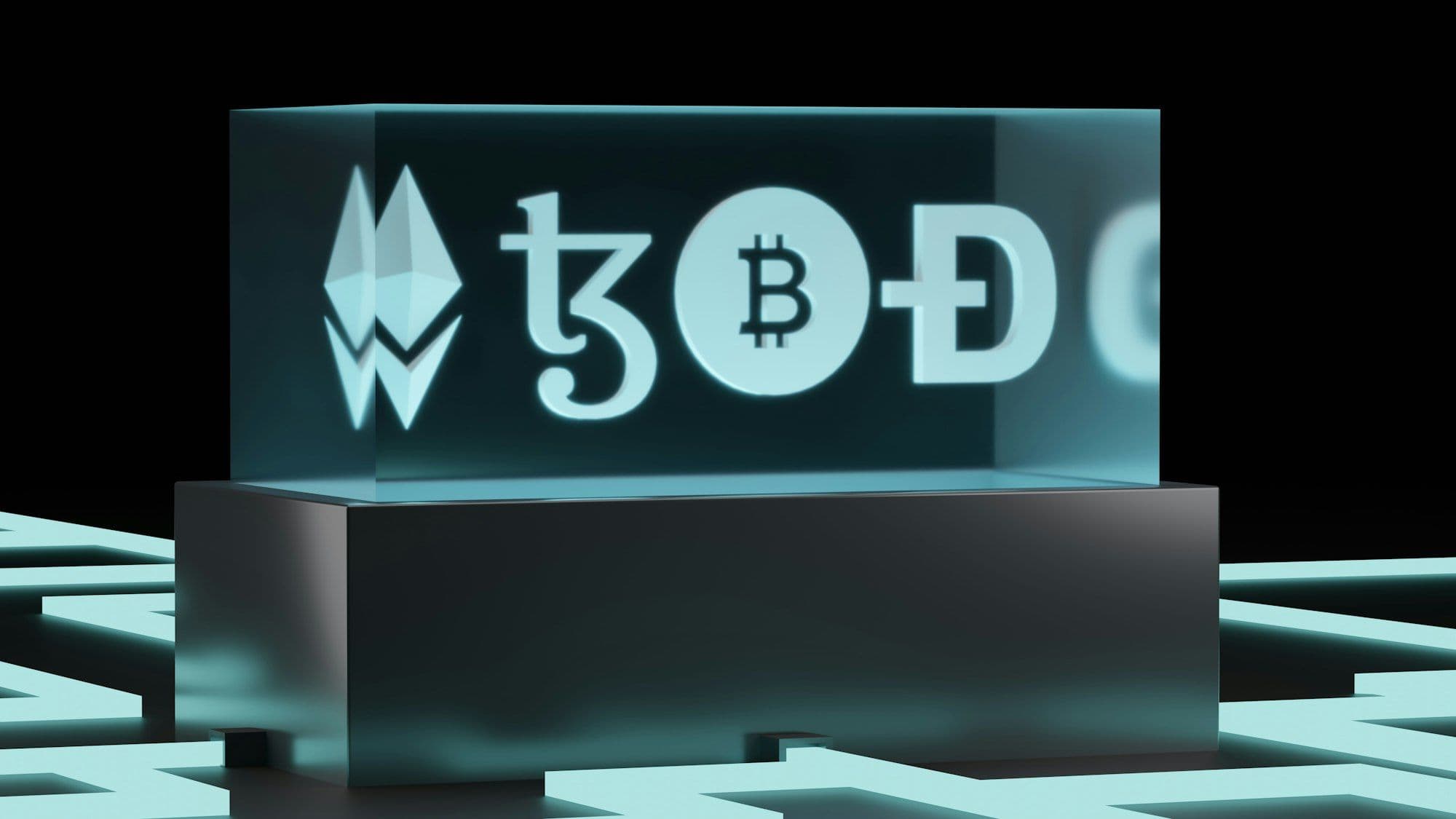
If you're looking to release some Non-Fungible Tokens (NFTs), this means navigating a unique marketplace where digital art and collectibles are bought and sold. As a creator, one of the most critical decisions you'll face is how to price your NFT. Finding that sweet spot can make all the difference in attracting buyers and achieving success in the NFT space. In this article, we'll provide you with a comprehensive guide on how to decide on a price for your NFT collection.
1. Understand the Value of Your Artwork
Before assigning a price to your NFT collection, take a step back and assess the value of your artwork. Consider factors such as:
- Concept and Creativity: How unique and innovative is your artwork's concept? Is it a fresh take on a popular theme or a groundbreaking idea that sets it apart?
- Quality: Pay attention to the quality of your digital artwork. High-resolution images, intricate details, and skilled execution can all contribute to perceived value.
- Reputation: Your reputation as an artist plays a significant role. Established artists may command higher prices due to their existing fan base and recognition.
2. Research Comparable NFTs
Perform thorough research on NFTs similar to your collection. Examine pieces with similar themes, styles, and levels of complexity. Take note of the prices they are being listed at and whether they have successfully sold. This comparative analysis can provide a benchmark for your pricing strategy.
3. Factor in Rarity and Scarcity
Rarity and scarcity are integral to the question of how to price an NFT. If your collection includes limited editions or exclusive features, these factors can drive up the perceived value. Consider creating tiers within your collection, such as a limited edition set with distinct attributes that warrant a higher price.
4. Leverage Blockchain Data
Blockchain data can offer insights into the buying and selling trends of NFTs. Platforms like OpenSea provide information on historical sales data, bid history, and price trends. Analyzing this data can help you gauge the demand for similar NFTs and make informed pricing decisions.
5. Consider Production Costs
While NFTs don't require physical production, there are still costs associated with creating your digital artwork. Consider factors like software, equipment, and your time investment. Although NFTs don't have the same physical expenses as traditional art, recognizing your efforts is essential.
6. Build a Narrative
Creating a compelling narrative around your NFT collection can justify higher prices. Share the story behind your artwork, the creative process, and the emotions you intend to evoke. A strong narrative can resonate with buyers and make them more willing to pay a premium.
7. Start Conservatively
As a new artist in the NFT space, it's advisable to start with conservative pricing. This can help you attract an initial audience and build a reputation. Over time, as your following and demand grow, you can gradually adjust your prices.
8. Factor in Secondary Sales
NFTs often come with the benefit of royalties from secondary sales. When setting your initial price, consider the potential earnings from future resales. Platforms like Ethereum allow creators to earn a percentage of the sale price each time the NFT changes hands.
9. Be Open to Adjustments
NFT pricing isn't set in stone. Be prepared to adjust your prices based on market feedback, demand, and trends. Flexibility in pricing can help you stay competitive and responsive to the ever-evolving NFT landscape.
10. Engage with Your Audience
Engage with your potential buyers and collectors. Ask for their feedback and opinions on your pricing strategy. This interaction can provide valuable insights and even foster a sense of community around your NFT collection.
Conclusion
Pricing your NFT collection is a blend of art and strategy. It requires a deep understanding of your artwork's value, the NFT market, and the preferences of your potential buyers. By conducting thorough research, analyzing trends, and considering multiple factors, you can confidently set a price that reflects the true worth of your digital creations. Remember, finding the right price is a journey, and with each sale, you'll gain valuable insights to refine your pricing strategy further.



